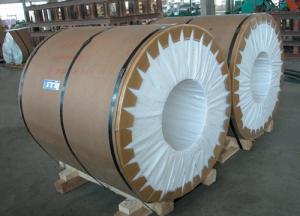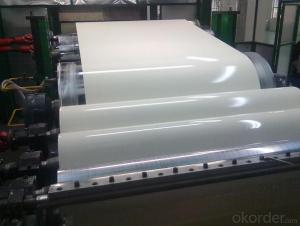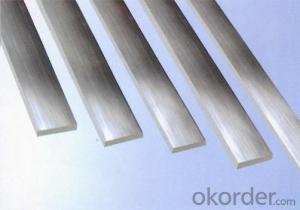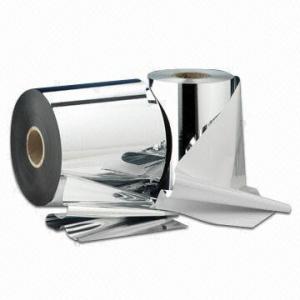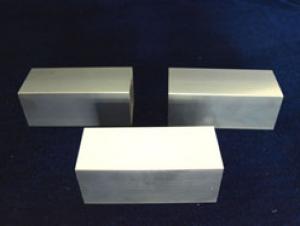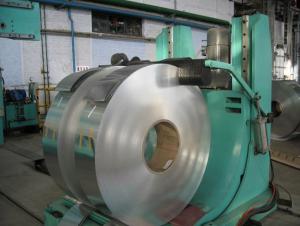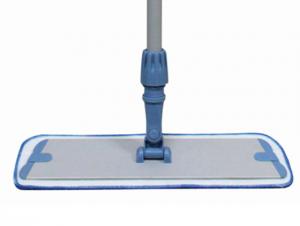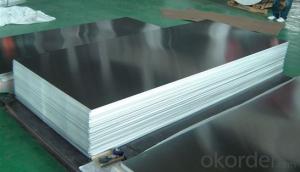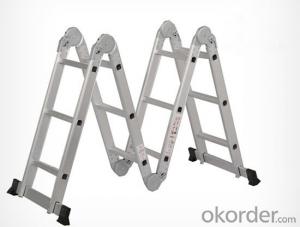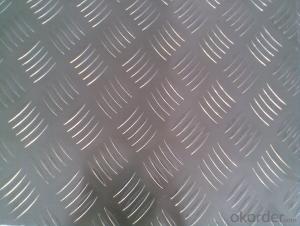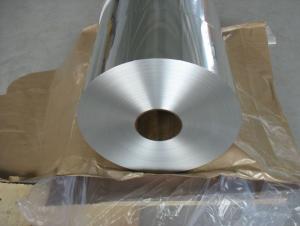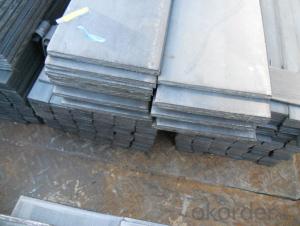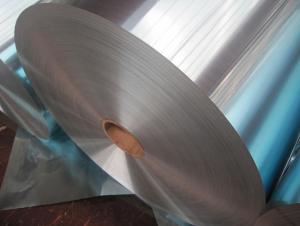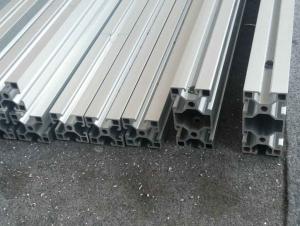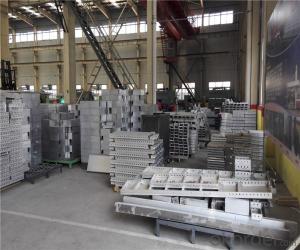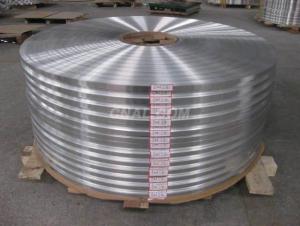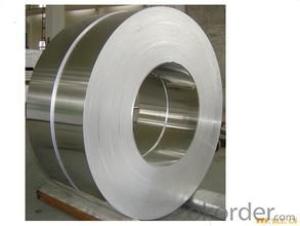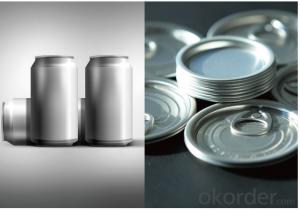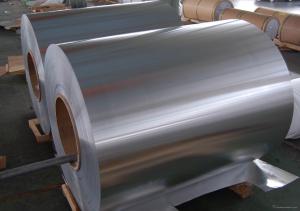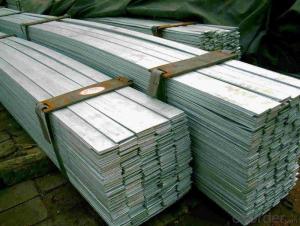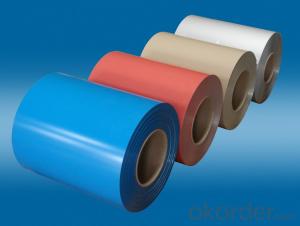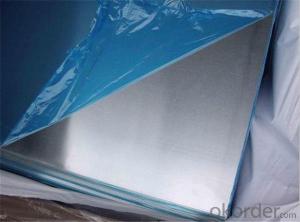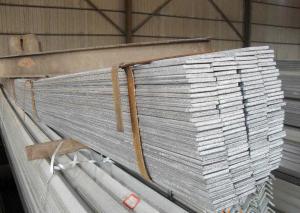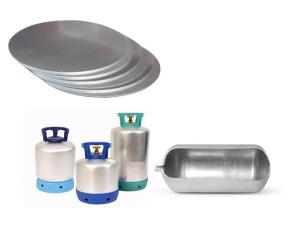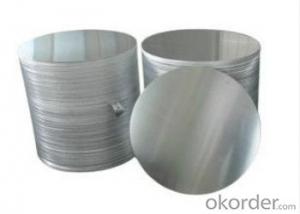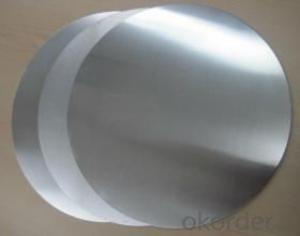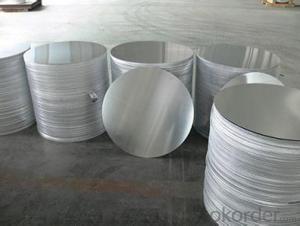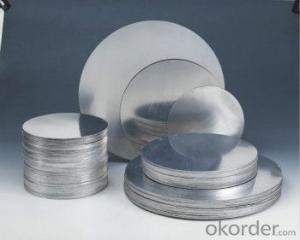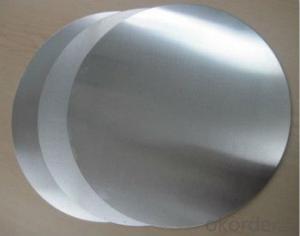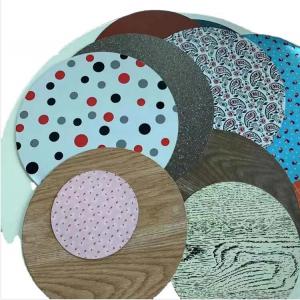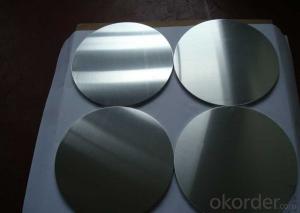Anodized Aluminum Flat Stock
Anodized Aluminum Flat Stock Related Searches
Anodized Aluminum Flat Bar Stock Anodized Aluminum Stock Anodized Aluminum Bar Stock Anodized Aluminum Sheet Stock Bending Aluminum Flat Stock Flat Stock Aluminum Flat Aluminum Stock Aluminum Flat Bar Stock Anodized Aluminum Angle Stock Aluminum Flat Stock For Sale Anodized Aluminum Tube Stock Black Aluminum Flat Stock 1 4 Aluminum Flat Stock White Aluminum Flat Stock 1 8 Aluminum Flat Stock Aluminum Flat Stock Prices Anodized Aluminum Rod Stock 1/2 Inch Aluminum Flat Stock 2 Aluminum Flat Stock 1 4 Inch Aluminum Flat Stock Anodized Aluminum Coil Stock Aluminum Flat Stock Rolls 1/8 Aluminum Flat Stock Aluminum Flat Stock Near Me Flat Stock Aluminum Roll Aluminum Flat Stock Suppliers Aluminum Frame Stock Aluminum Stock Aluminum Bedded Stock Aluminum Solid Square StockAnodized Aluminum Flat Stock Supplier & Manufacturer from China
Anodized Aluminum Flat Stock is a type of aluminum material that has undergone an anodizing process, which enhances its durability, corrosion resistance, and wear resistance. This process creates a protective oxide layer on the surface of the aluminum, making it suitable for various applications where these properties are essential. The anodized finish also adds aesthetic appeal, making it a popular choice for a wide range of industries.Anodized Aluminum Flat Stock is widely used in various industries, including aerospace, automotive, marine, and architectural applications. It is commonly utilized in the manufacturing of components such as brackets, frames, and structural parts that require high strength and resistance to harsh environments. Additionally, its decorative qualities make it a popular choice for creating trims, accents, and other design elements in both commercial and residential settings.
Okorder.com is a leading wholesale supplier of Anodized Aluminum Flat Stock, offering a vast inventory to cater to the diverse needs of customers. With a commitment to quality and customer satisfaction, Okorder.com ensures that the anodized aluminum flat stock provided meets the highest industry standards. Their extensive selection allows customers to find the specific dimensions, thicknesses, and finishes required for their projects, making them a reliable source for this versatile material.
Hot Products
